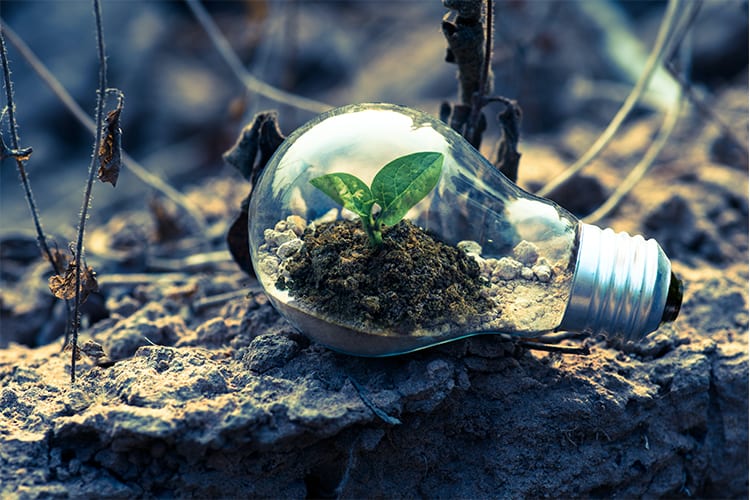Making Your Home More Environmentally Friendly
While many people want to be greener, most can’t just go out and install solar panels on their homes. If such large changes are out of your current budget, you can still do many things to be more environmentally conscious without spending the equivalent of a new car. As you incorporate small eco-friendly home ideas into your lifestyle, it gets easier to find more ways to think of the environment.

1. Grow Plants
Indoor plants improve air quality by purifying the air. Growing indoor herbs is a double-duty eco-friendly idea. Basil, mint, and rosemary naturally clean the air. You won’t have to buy herbs at the store, reducing the amount of plastic you use. In addition, homegrown herbs are fresher and taste better, and having access to them may encourage you to use them more for improved flavor in all your dishes.
2. Find Substitutes for Items That Get One Use
Do you know how many baggies are used and thrown away each year? Recycle Nation estimates that every family uses about 500 Ziploc baggies each year. Make your own snack bags using oil cloth, a plastic-like fabric that is easy to sew and clean. Beeswax covers are popular replacement items for plastic wrap.
Invest in dryer balls to keep from buying dryer sheets. Six wool balls last about four years and save hundreds of boxes of sheets. Not only are you reducing your consumption of these items, you reduce trash by not having to put their packages in the garbage.
3. Insulate Your Pipes
Keeping your pipes covered prevents them from freezing in the winter and reduces your overall energy use. Your hot water pipes won’t lose heat from the water heater to the sink when they’re insulated. You should also insulate your cold water pipes to prevent the moisture from turning into humidity in the summer months. Humidity in the air makes it warmer, which in turn makes your AC work harder. Pipe insulation is fairly inexpensive at the hardware store.

4. Change Your Lightbulbs
If you haven’t made the switch to LEDs, taking the plunge can save you money on your electric bills and provide more effective lighting options. Check with your electric company for rebates on the installation of LEDs and make the upgrade, if you can fit it into your budget. If not, look for LEDs that work in your current lamps and lights.
5. Practice Zero-Waste Cooking
Food waste is one of the biggest problems in many homes. The Christian Science Monitor estimates that the average American family wastes over $2,200 in food every year. That’s around 250 pounds of food. To move to a zero-waste home, invest in storage options that let you see all the food in your pantry and refrigerator. Use an app or spreadsheet to manage what you purchase.
Plan meals that use everything on your shopping list. For fresh OJ, buy oranges to eat the pulp and use the rind to flavor water. Don’t throw out coffee grounds but put them in your compost.
Having an eco-friendly home may take planning, but it gets easier as it becomes habitual. Start with baby steps and work your way up. You will see a difference over time.
